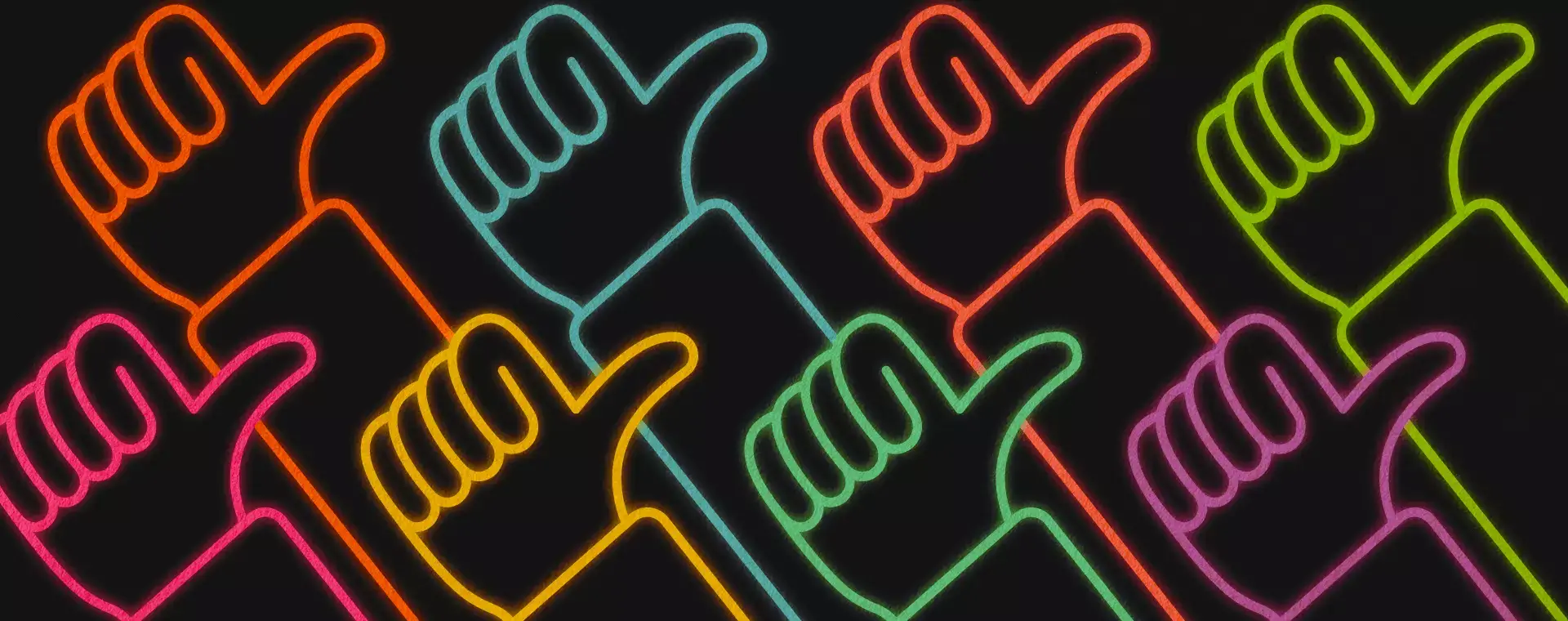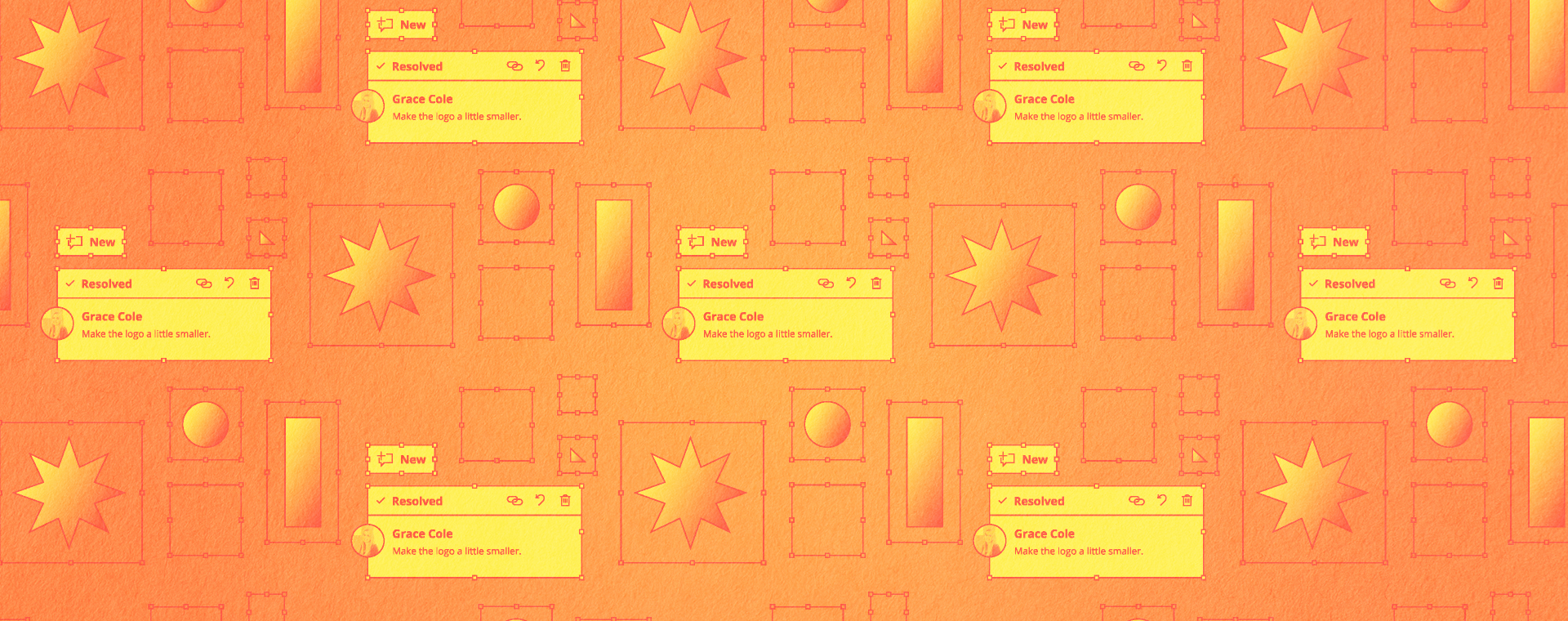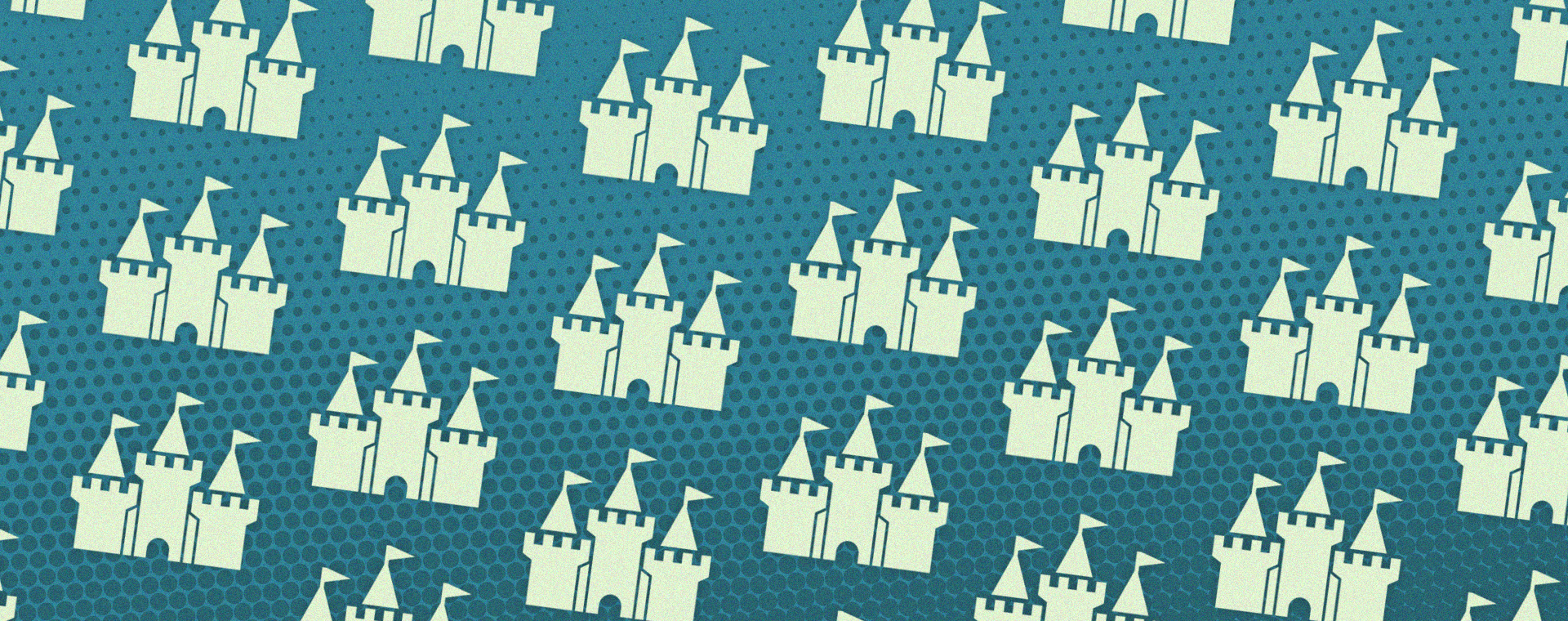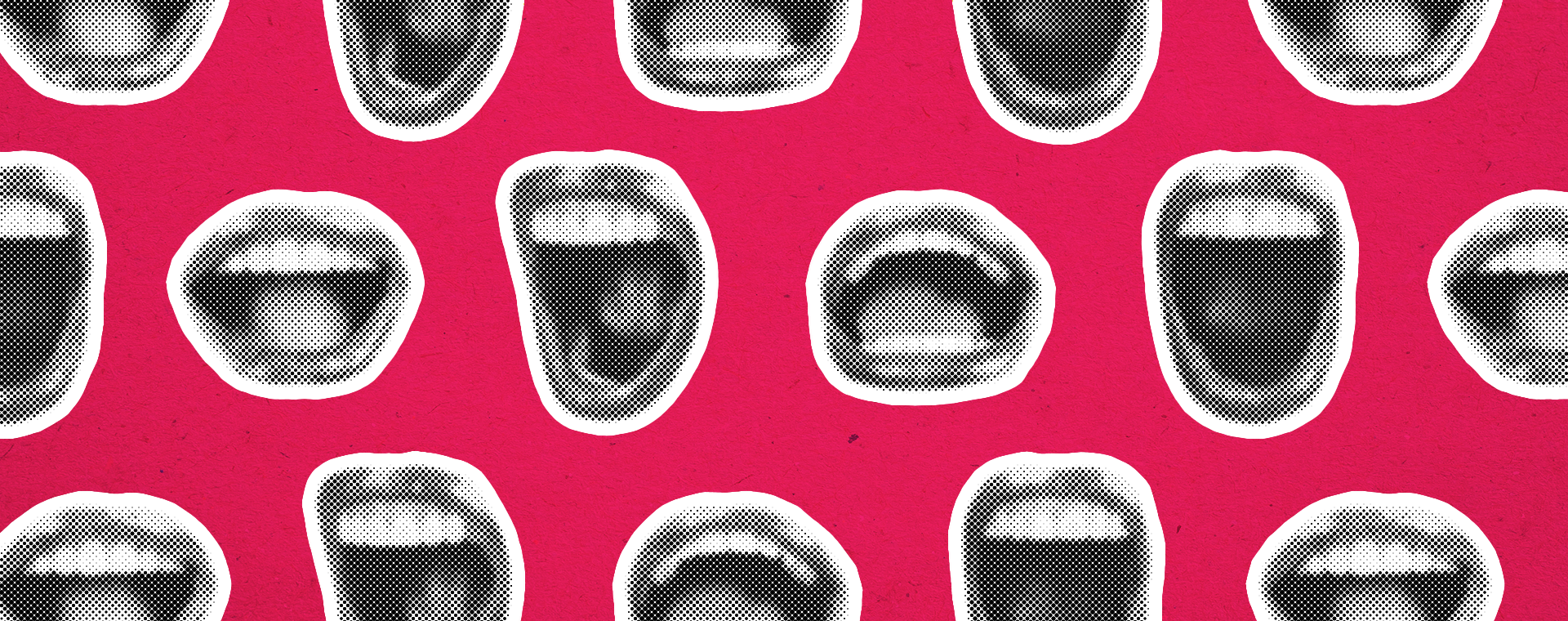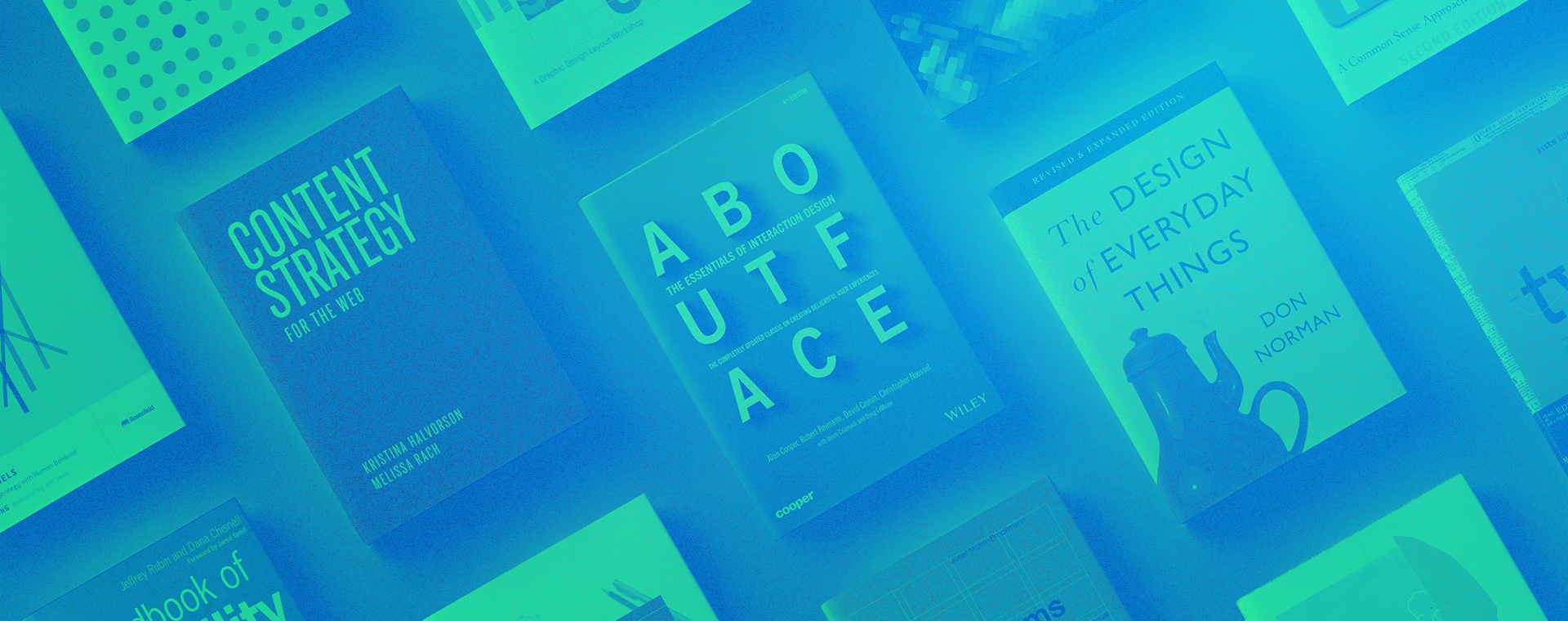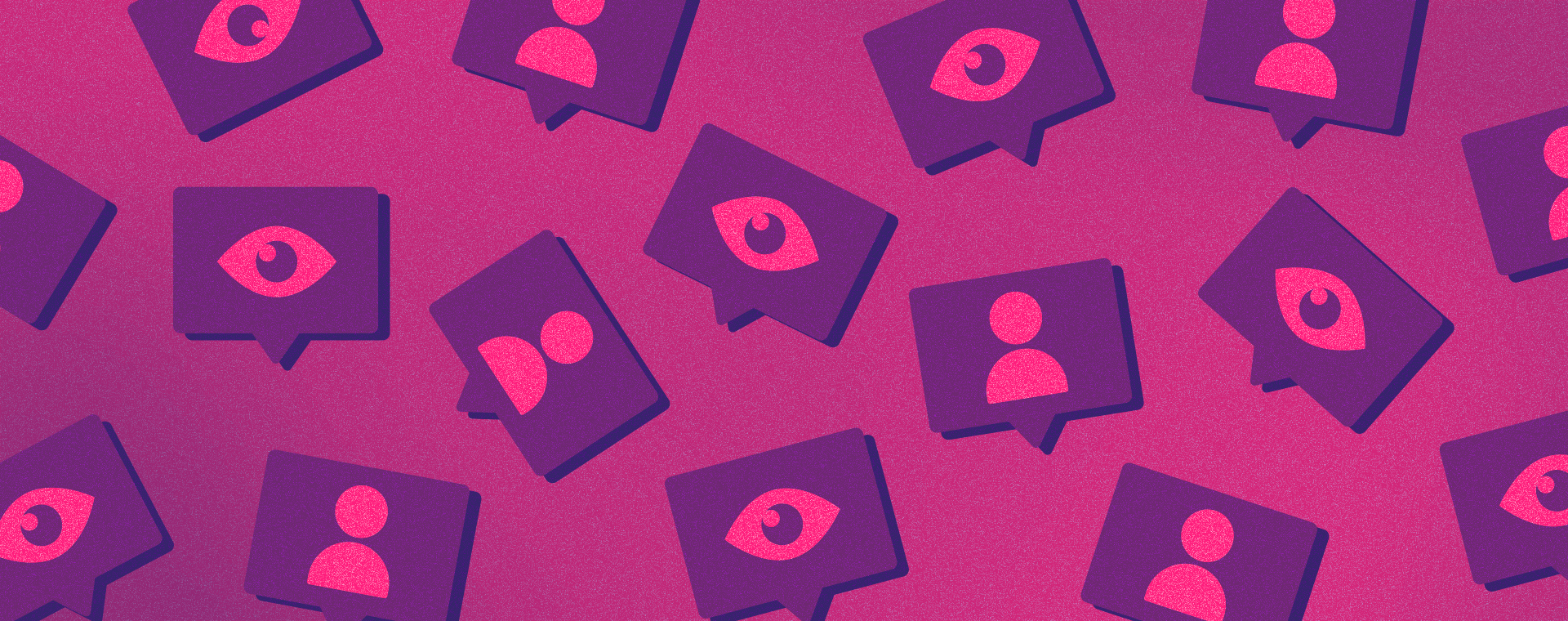Have you ever handed off a project to a designer and been disappointed by the result?
There’s a good chance the problem wasn’t the talent. It was the brief.
I originally wrote this post in 2016, early in my career at Stryve, to help our internal team improve how they handed off creative work. Now, nearly a decade later, with more experience and perspective as a Creative Director, I’m revisiting the topic with fresh insight from both sides of the brief. In this blog post, I will outline what key details you’ll need to cover with your designer(s) to help them do their best work on time and within budget.
First things first…what is a design brief?
Traditionally, a design brief is a document used to understand a company’s challenges, values, and objectives before designing a website, logo, or other design piece. It ensures both parties are on the same page and that the result will align with the client’s expectations. A design brief typically covers the following topics:
- Company overview
- Target audience
- Competition
- Goals and objectives
- Deliverables
- Design inspiration and direction
- Timelines and budgets
These formal documents may feel unnecessary depending on the task size or when your designer(s) are in-house, like ours. But I’m sorry to say that “I’m giving you the creative freedom” or “just have fun with it” is not music to a designer’s ears, like you might think. All designers need some direction to get the gears turning, and the more vague you are with them, the more confused and unsure they’ll feel. So, while it doesn’t need to be a long, formal document, it does need to be a conversation or detailed message that covers the following topics at a minimum.
Start with a company overview
If your designer has already worked on the brand, you can skip this step, but if this is the first time the client comes across their desk, you’ll need to start at the basics and provide as much background information about the company as possible.
- What does the company do? What are their core values?
- What products or services do they sell, and what problems do they solve?
- Who is their target audience? (age, job title(s), expertise, etc.)
- Who are their competitors?
Don’t worry—you don’t have to book another meeting in your day to give them these answers. But you do need to provide them with the resources to find these answers themselves, like the client’s website (I know it sounds simple, but you’d be surprised how hard it is to guess a URL), capabilities or sales deck, brand guidelines, messaging docs, and your notes from previous calls or projects. At Stryve, we use SharePoint to keep all our clients’ documents and resources in one accessible spot. Even so, a direct link or attached file is greatly appreciated and saves us time digging through files and folders.
Define the deliverables
What do you need, and where will it live? Is it a landing page that also needs to be translated into ads? Or is it a one-off poster? When a single design or strategy spans multiple touch points, prepare your designer ahead of time to allow them to create a design that will translate successfully to different media or dimensions. For instance, the fundamentals for print and digital designs are different and require different file types and structures, so knowing the full scope of a project will help a designer plan their work accordingly and create a scalable design system.
Here are a few examples of deliverable details that are helpful for designers to know from the get-go:
- What social media platforms will it be used on? Social media platforms’ ad specifications vary in size and file types.
- Is this design specifically web-based, print, or both? Files need to be set up differently and there’s a series of variables pending on print vs digital.
- Will this design need to be converted into another format or dimensions? For example, does this brochure also need to be a poster?
- Will this deliverable need to be translated into another language? Languages can vary in length, affecting typography and spacing
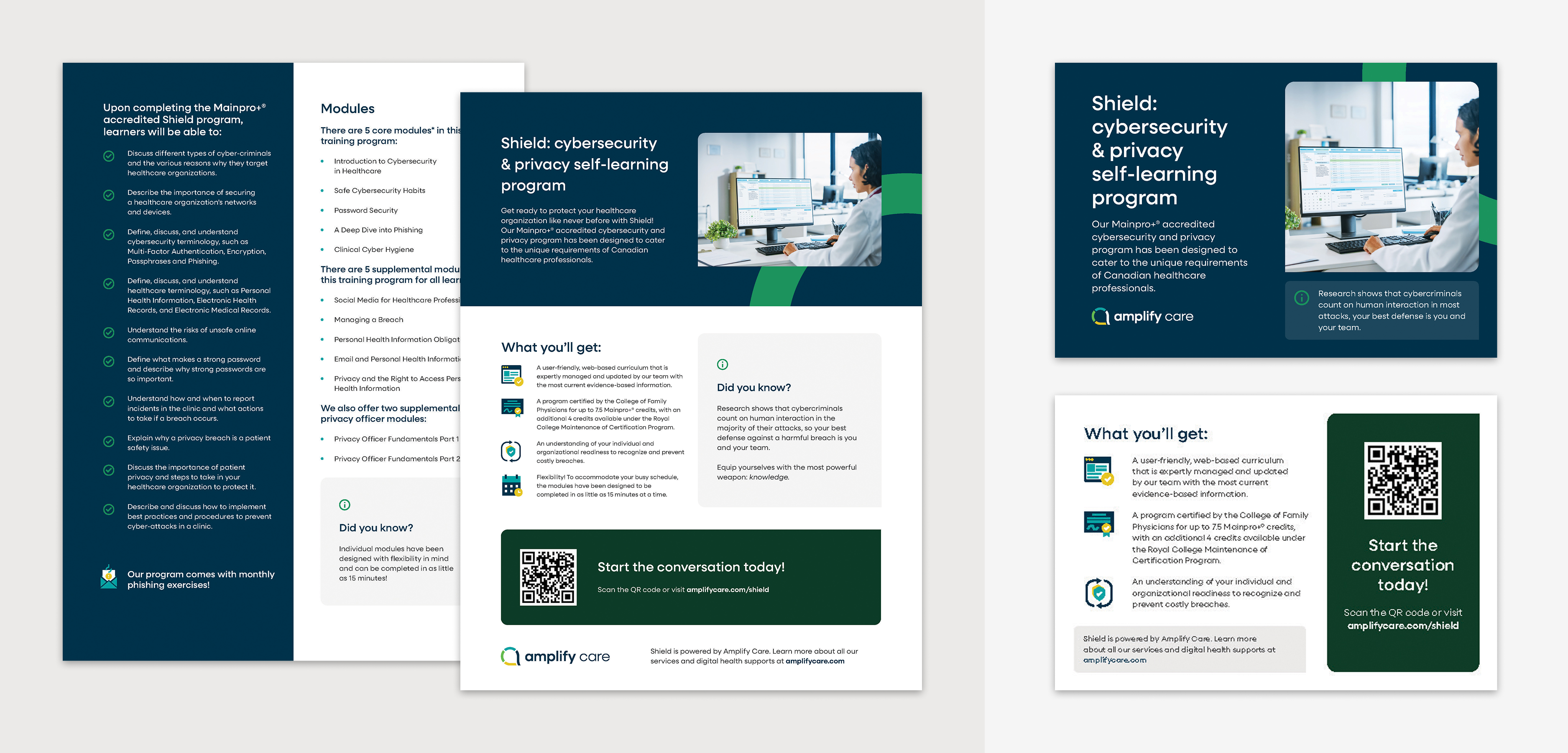
Outline the goal
In other words, what does success look like? Summarize the overall goal of the project and what you intend to accomplish. A few examples could be:
- For a visitor to fill out a form on a website. Or click a specific call-to-action button.
- Stand out in someone’s social media feed or profile.
- Visit a website URL for more information.
- Give someone information and directions to an event.
- Make someone feel a certain way.
I also suggest creating a rough wireframe or outline for your designer to help them understand the hierarchy and flow of the content. This will allow them to know sections or elements that can be grouped or made to stand out against the rest. Don’t worry, you don’t need any design skills for this, and it can be as simple as a content document in Word with clear cascading headings or labels next to the copy, like the examples below. Our team loves using Miro, Figma, or Mockflow (a free tool).

Provide inspiration
Bring us into your head. Even if your vision isn’t fully formed, any direction is better than none. Share ideas, inspiration, or examples of designs you like (or don’t like). If you have specific imagery or styles in mind, include them, as they can help spark the creative process. It can even be helpful to provide descriptive keywords or feelings the design should evoke, but be specific! Since words, much like design, can be subjective. For example, the term “modern” can mean different things to different people. So, if your definition of modern is light and bright vs. dark and moody, we want to know!
Lastly, if the brand already has established guidelines or previous marketing work completed, include those so that we can match the style, ensure consistency, and save on any rework if it needs to go through legal or brand departments for approval.
Set the timeline
Setting clear timelines sets everyone up for success by preventing miscommunication and last-minute stress. Share a detailed schedule that outlines each stage of the project, from concept development to production, revisions, and final delivery. Be realistic with your deadlines and clearly communicate to your designer how much time they have to complete their work. For instance, do they have 8 hours or 36 hours? Don’t forget to consider any internal reviews, meetings, or client/stakeholder approvals, as these can add extra time between milestones. However, if you’re ever unsure how long a task might take, make this part of your brief-in an open discussion.
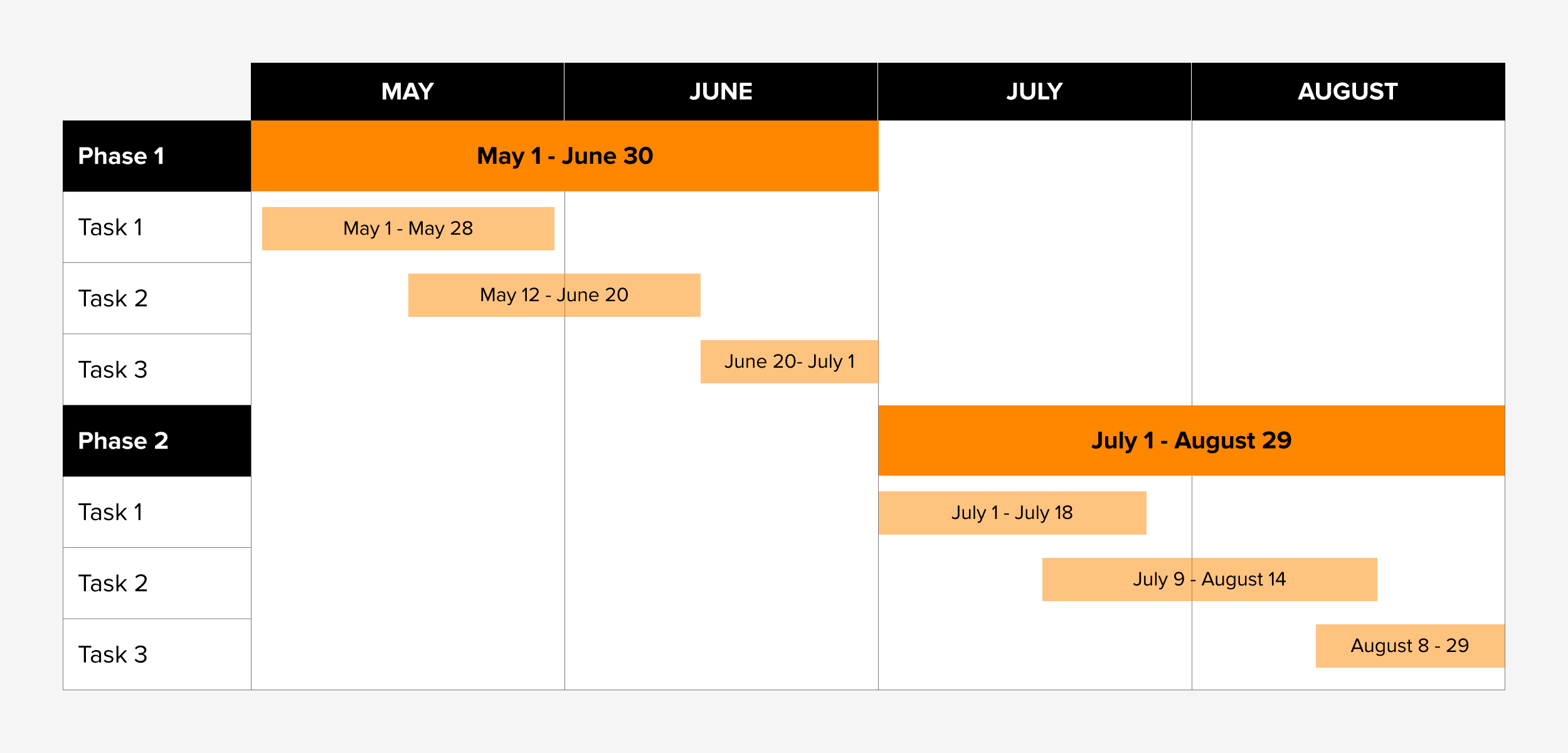
Remember, good design is built on strong communication
The more context and clarity you can offer upfront, the better work your designer can deliver.
